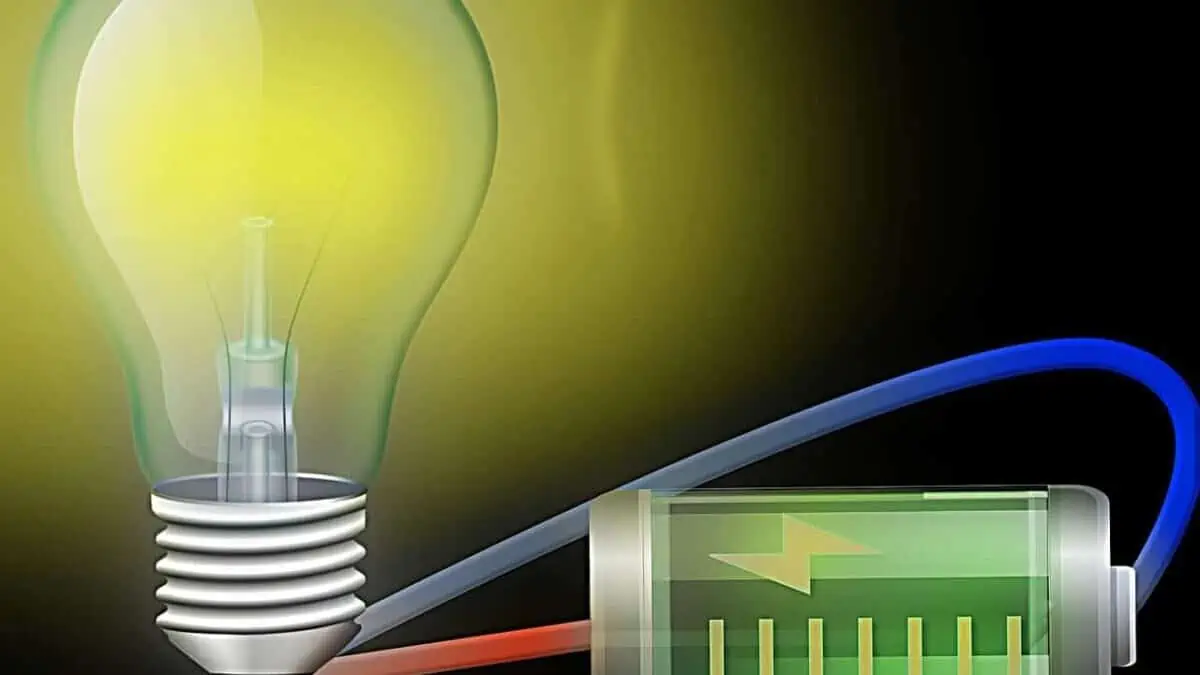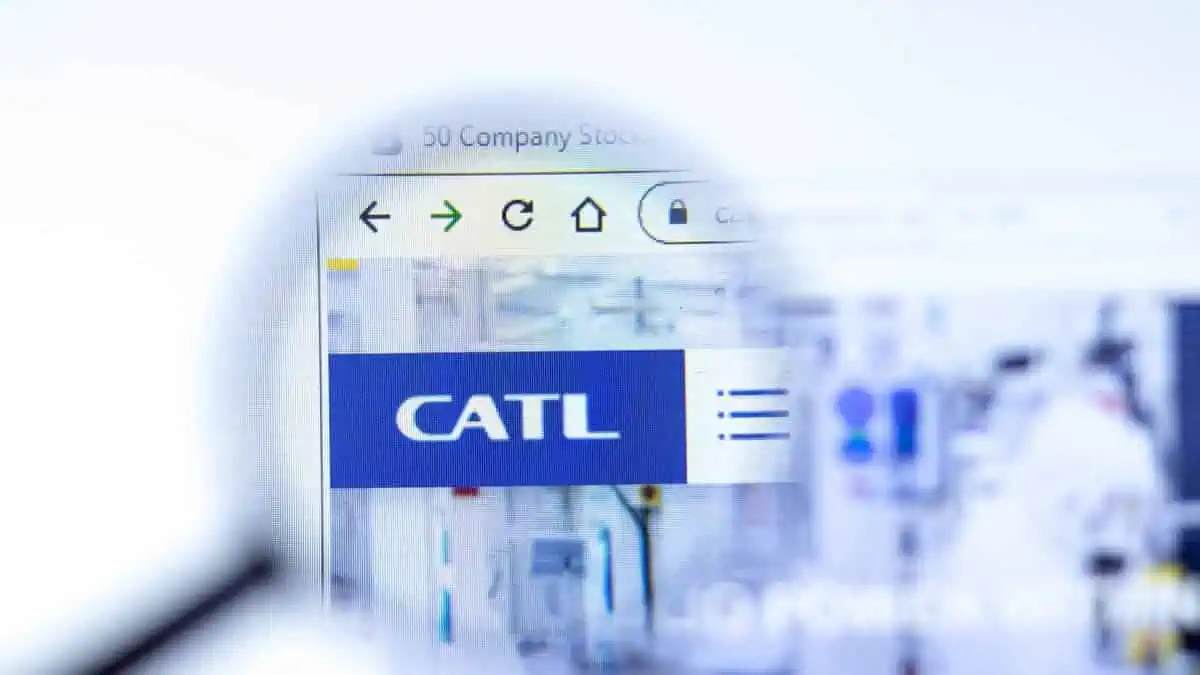As we are trying to move towards improved and sustainable technologies in EV space, the need for high-range, cost-efficient batteries are greater than ever.
Magnesium could be a promising material for such solid-state batteries outstanding to its abundance. Yet, its possible application would be restricted by the poor conductivity of magnesium ions (Mg2+) in solids at room temperature. Overcoming this decades-long barrier, Japanese analysts recently have developed a novel Mg2+ conductor with a promising application as superconductive material (10-3 S cm-1).
The development of highly effective energy storage devices that can store sustainable energy is crucial to a long-term future. Solid-state rechargeable lithium-ion (Li+) batteries are the latest now. Yet lithium is a noble metal, and the reliance of society on the element is likely to lead to a sharp decrease in resources and inflict a rise in material costs.
Magnesium ion (Mg2+)-based batteries have earned momentum as an option to Li+. The earth’s crust holds enough magnesium, and Mg2+-based energy devices have high power densities, high safety, and low price. Yet the broad application of Mg2+ is restricted by its poor conductivity in solids at room temperature. Mg2+ has poor solid-state conductivity due to divalent positive ions (2+) experiencing strong interactions with their nearby negative ions in a solid crystal, delaying their migration through the material.
This problem was recently overcome by the Tokyo University of Science (TUS) research group. In their new research issued online on 4 May 2022 and in volume 144, issue 19 of the American Chemical Society Journal on 18 May 2022, they report for the first time a solid-state Mg2+ conductor with superionic conductivity of 10−3 S cm−1 (the threshold for practical application in solid-state batteries). This magnitude of conductivity for Mg2+ conductors is the highest reported to date. By the report of Masaaki Sadakiyo, TUS Junior Associate Professor who led the research, “In this work, we exploited a class of materials called metal-organic frameworks (MOFs). MOFs have highly porous crystal structures, which provide the space for efficient migration of the included ions. Here, we additionally introduced a “guest molecule,” acetonitrile, into the pores of the MOF, which succeeded in strongly accelerating the conductivity of Mg2+.”
The research team included another from TUS, Mr. Yuto Yoshida, from The University of Tokyo, Professor Teppei Yamada, Takashi Toyao, Assistant Professor, and from Hokkaido University, Professor Ken-ichi Shimizu. The paper was made accessible online on 4 May and was issued in the journal’s Volume 144 Issue 19 on 18 May of the year.
The group used a MOF known as MIL-101 as the major framework and then compressed Mg2+ ions in its nanopores. In the resultant MOF-based electrolyte, Mg2+ was loosely packed, enabling the migration of divalent Mg2+ ions. To further develop ion conductivity, the research group exposed the electrolyte to acetonitrile vapors, which the MOF absorbed as guest molecules.
The group then subjected the prepared specimens to an alternating current (AC) block test to measure ionic conductivity. They discovered that the Mg2+ electrolyte showed a superionic conductivity of 1.9 × 10−3 S cm−1. This is the highest ever documented conductivity for a crystalline solid containing Mg2+.
To know the process behind this high conductivity, the analysts executed infrared spectroscopic and absorption isotherm measurements on the electrolyte. The experiments revealed that the acetonitrile molecules adsorbed in the framework enabled the effective migration of the Mg2+ ions through the body of the solid electrolyte.
These findings of this research not just reveal the novel MOF-based Mg2+ conductor as an appropriate material for battery applications yet provide critical understanding into the development of future solid-state batteries as well. “For a long time, people have believed that divalent or higher valency ions cannot be efficiently transferred through a solid. In this study, we have demonstrated that if the crystal structure and surrounding environment are well-designed, then a solid-state high-conductivity conductor is well within research,” Dr. Sadakiyo explains.
When asked about the future plans of the research team, he declared, “We hope to further contribute to society by developing a divalent conductor with even higher ionic conductivity.”






